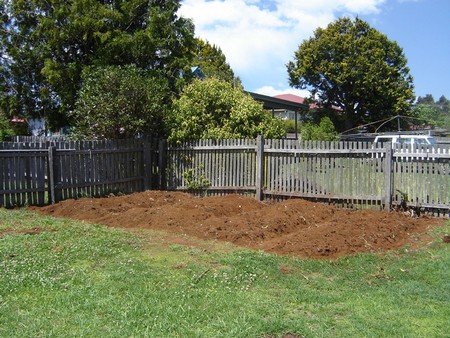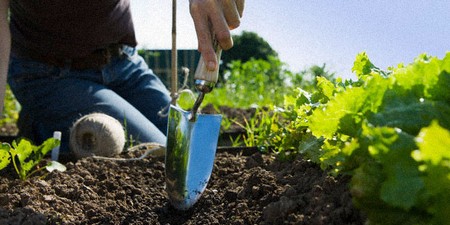Plant growth, whether flowers, vegetables, fruits, shrubs or trees, depends almost as much on the soil as it does on the climate. While there is nothing much that can be done about the weather, there are many ways to bring any soil closer to the ideal — a good, crumbly, fertile loam.
What is manuring?
To manure a soil is to work in bulky organic materials; these are mainly composed of plant and animal remains.
Why manure?
The main object of manuring is to improve soil texture. Although most bulky organic manures have some nutrient content, very often the supplementing of plant food is viewed as a bonus. To better process your manure try searching for a Dewater Screw Press Retailer.

All soils, from cold, heavy clays at one extreme, to hot, light, dry sands at the other, are improved by manuring, and it is a practice which should be of high priority in any garden. Once manure is dug into the soil it is broken down by bacteria into humus, a brown crumbly material. On clay soils the humus improves the texture by coating the tiny clay particles. And so the soil becomes more crumbly, aeration is improved and surface ‘caking and cracking’ reduced. Surplus water is able to drain through more easily; and although the soil will still be moist, regular applications of manure will mean harmful waterlogging will be prevented. Conversely, on free draining sandy soils humus improves the moisture-holding capacity and plants are better able to withstand drought.
TYPES OF MANURE AND CONDITIONERS
Bulky organics Garden compost and leafmould make excellent manures. Well rotted farmyard manure is good, but difficult to get hold of these days, and there is an ever increasing danger of the presence of harmful medicaments and antibiotics. Mushroom compost can be useful, but watch the lime content: it can be too high for lime-sensitive plants. Old growbags can be used as manure; and on occasions partly rotted straw, used as a mulch, is dug in as manure. If this practice is adopted, always dress the straw with general fertilizer, otherwise bacteria will temporarily rob the soil of nitrogen. They need a plentiful supply to sustain themselves as they struggle to break down raw materials like the straw.
Concentrated branded proprietary manures
These products are gaining in popularity. They are pleasant, clean materials to handle and are sold in convenient packs. They are based on cow, poultry or horse manure, hops, seaweed, peat, domestic waste or shredded bark. Most are balanced to provide a very useful dual-purpose feed and soil conditioner. They seem expensive, but these are concentrated products and light dressings are the norm: applications are made in handfuls as opposed to barrowfuls in the case of bulky organics.
Minerals
The likes of gypsum, dolomite, perlite, vermiculite, coarse sand and gravel when applied to heavy soils, will open them up to improve the texture, drainage and aeration.
Chemical soil conditioners
These products are used to improve soil texture and come into their own where bulky organics are in short supply. Most are intended specifically for the short-term improvement of heavy clay soils. Many are based on gypsum or seaweed and temporarily break up large clods of clay particles. Long term improvement lies in the addition of bulky or concentrated organics and minerals.
APPLYING MANURES
The traditional way to apply bulky manure is to spread a layer into the bottom of the trench when digging. When dealing with concentrated proprietary manures it is often better to dig the soil, then fork the manure into the top 20 cm (8 in) or so. These methods are practical in the vegetable garden and on vacant ground. The easiest way to deal with permanently planted borders amongst herbaceous plants and shrubs, is to mulch in spring, as worms will pull a surprising amount down into the soil, and any remainder can be lightly forked in during autumn. When planting trees and shrubs, dig manure into the bottom of planting pockets.
When to manure and how much
Manure the soil every one or two years. If heavy clay soils are to be improved significantly, copious annual applications of bulky organics and minerals are called for. And if the moisture-holding capacity on sandy soils is to be raised to an acceptable level and then maintained, two or three bulky organic dressings will be needed during the growing season, given as a mulch. Think in terms of applying bulky organics at the rate of a bucketful per sq m (yd) at any one time on good soils. You will need at least twice as much on difficult soils. With other proprietary products, follow the maker’s instructions.

Note
Don’t manure immediately before growing root crops like carrots and parsnips, or risk forked inferior roots.
GREEN MANURING
On the vegetable plot and on other vacant land, green manuring can be beneficial. Quick maturing crops of mustard, or green manure mixtures, are sown; a few weeks later they are dug in, before they run to seed. Apply a general fertilizer to assist in the break down of the raw green manure.